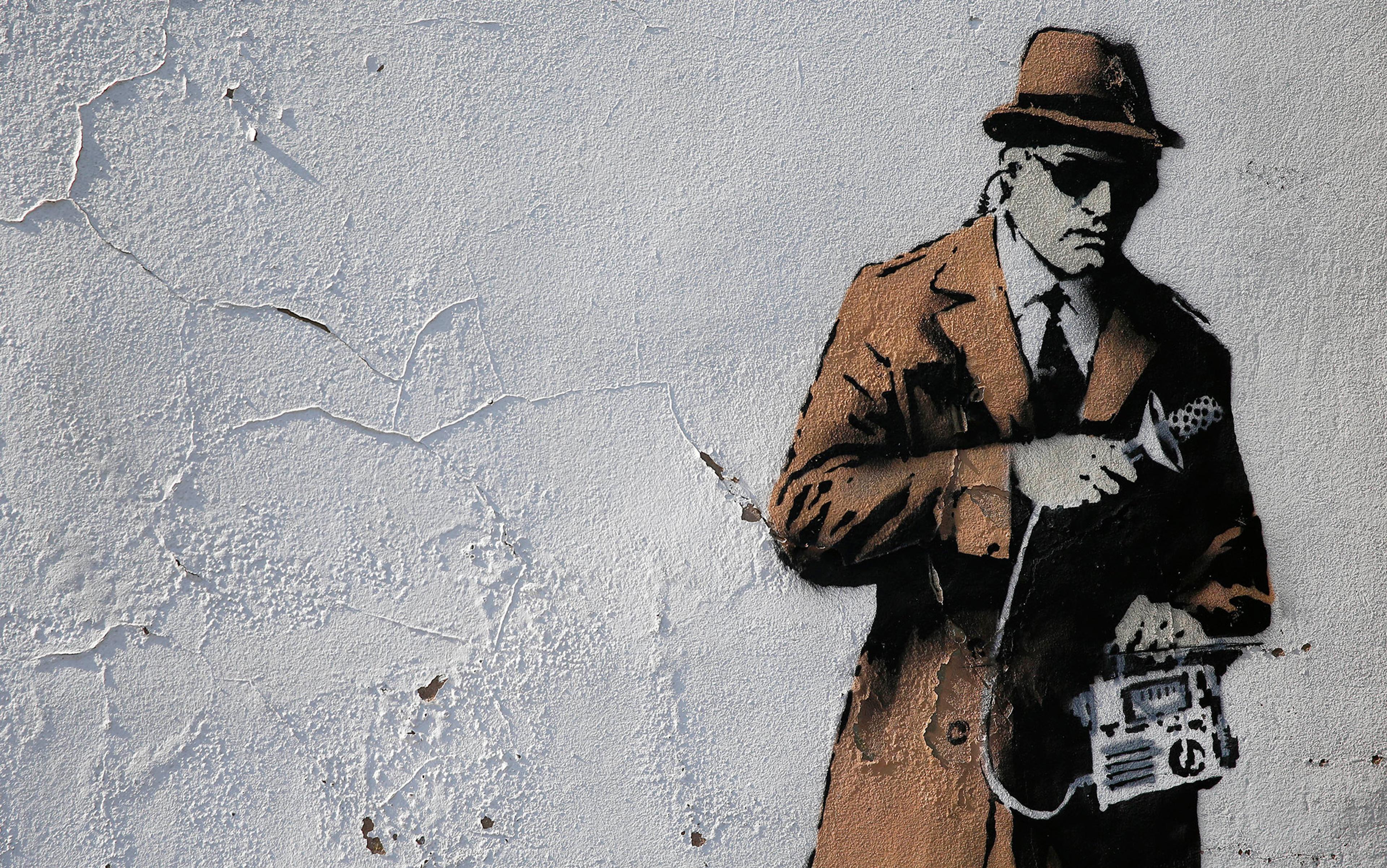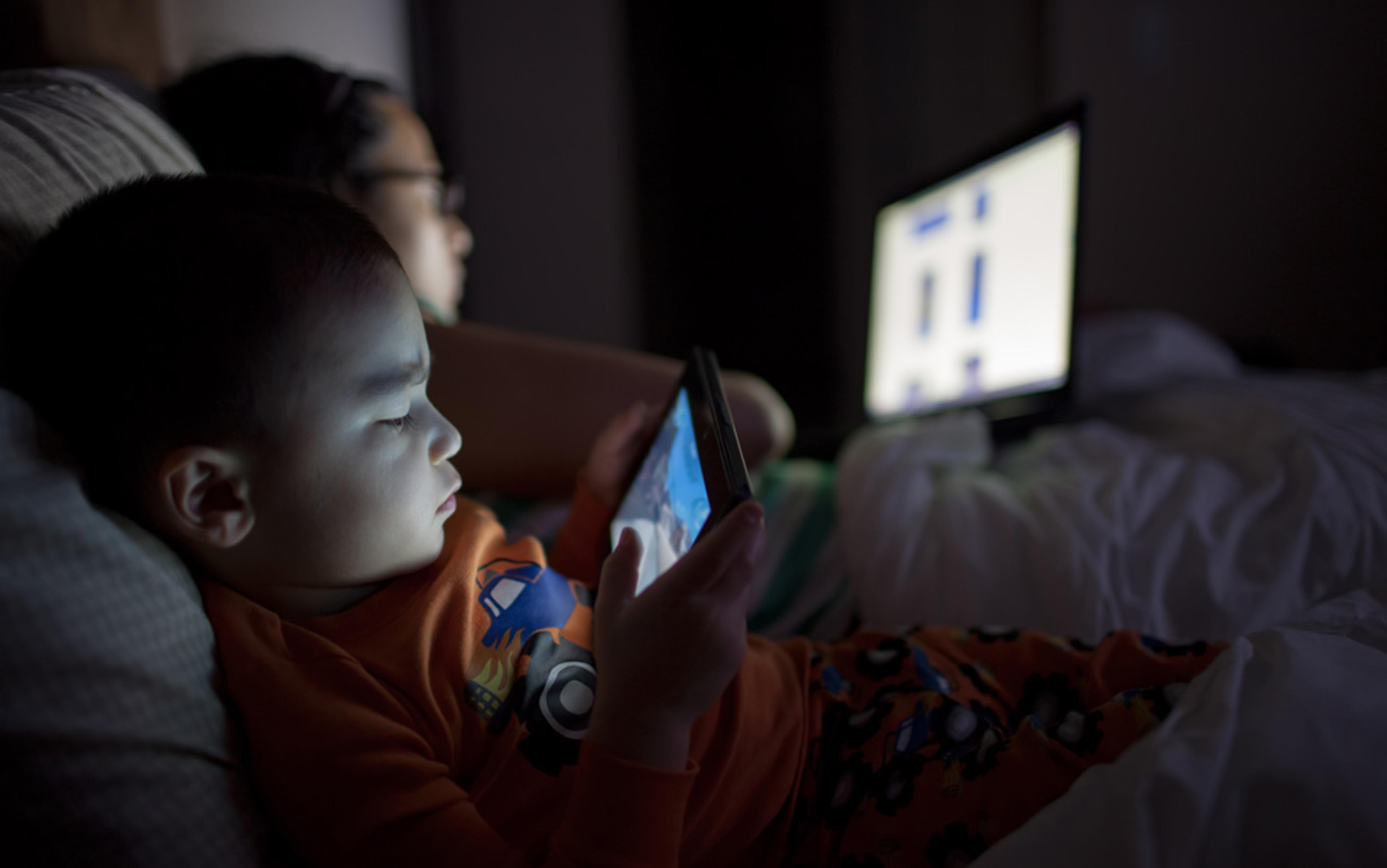It is an acknowledged fact of modern life that the internet brings out the worst in people. Otherwise law-abiding citizens pilfer films and music. Eminent authors create ‘sock puppets’ to anonymously praise their own work and denigrate that of rivals. Teenagers use the internet for bullying; even more disturbingly, grown-ups bully strangers with obsessive zeal, sometimes even driving them from their homes with repeated murder threats. Porn thrives, and takes on increasingly bizarre and often disturbing forms.
Commentators seem at a loss to satisfactorily account for this surge in antisocial tendencies. Sometimes it’s blamed on a few sociopathic individuals – but the offenders include people who are impeccably decent in their offline lives. The anonymity of online life is another explanation commonly given – but these behaviours persist even when the identities of users are easily discovered, and when their real names appear directly above offensive statements. It almost seems to be a contagion issuing from the technology itself, or at least strong evidence that computers are alienating us from our humanity. But we might have a better chance of understanding internet hooliganism if we looked at another form of concealment that isn’t true concealment, but that nonetheless has historically lured people into behaving in ways that are alien to their normal selves: the mask.
There doesn’t seem to be any culture in which masks have not been used. From the Australian outback to the Arctic, from Mesolithic Africa to the United States of the 21st century, people have always made and employed masks in ways that are seemingly various and yet have an underlying commonality. Their earliest appearance is in religious ritual. By donning a mask, devotees allow themselves to be inhabited by a god or ancestor who speaks and acts through the wearer. The mask-wearer experiences what the spirit experiences, and shares its power. One Igbo mask-wearer explained:
If I carry it [ie wear the mask], what I see other people do not see… If a gallon of palm wine is brought and put into my mouth I can finish it, and another person cannot… I understand people differently because when I look at them, my eyes will be spirit eyes, not like people’s eyes.
The spirits that inhabit masks can be capricious, even savage creatures. There are reports of mask-wearers being led on chains to prevent them from attacking onlookers. Some mask-gods, such as the Egungun of the Yoruba, are thought to be able to kill an unmasked person with a single touch. One Tibetan mask was removed from its shrine only once a year in preparation for its ceremony. It was then kept overnight in a locked temple, while monks chanted prayers to prevent its malicious spirit from breaking free. Villagers for miles around barred their doors. Among the Ilahita Arapesh of Melanesia, ritual killings were carried out by a man in a state of possession by the appropriate mask.
In any violence done by a mask-wearer, the human is not considered responsible; everyone understands the crime was committed by the mask itself.
Ritual masking is typically accompanied by dancing, and in many places this gradually developed into forms of masked theatre, from Chinese opera to the drama of ancient Greece. Many contemporary Western theatre companies also use masks in training or performance, and the experiences of actors with mask-work have suggestive similarities to those of ritual wearers. Keith Johnstone, a former director of the Royal Court Theatre in London, used masks extensively in his work. In Impro: Improvisation and the Theatre (1979), he wrote: ‘One really feels that the genuine Mask actor is inhabited by a spirit. Nonsense, perhaps, but that’s what the experience is like, and has always been like.’
Johnstone reported that masks have personalities that persist, regardless of the wearer: one mask with a droopy nose liked to pick up sticks and hit people, regardless of who put it on; another liked to perch on the very edge of chairs and fall off.
A mask also had to grow up, just like a person:
A new Mask is like a baby that knows nothing about the world… Very often a Mask will have to learn how to sit, or bend down, or how to hold things… They don’t know how to take the lids off jars; they don’t understand the idea of wrapping things (given a present, they just admire the paper). When objects fall to the floor, it’s as if they’ve ceased to exist. One student always left the room before wearing a particularly regressive Mask. I asked her why, and she said: ‘It’s silly but I’m afraid I might wet myself, so I always go to the toilet.’
It was common for masks to threaten people or engage in vandalism; Johnstone tells the story of a group of staid Swedish schoolteachers who, once masked, immediately set about tearing up the flowers in a garden.
Everywhere there are masks, we find this pattern of transgression. In medieval Venice, where masks were common fashion accessories, various laws testify to their anarchic tendencies. Masks were subject to a curfew, and could not be worn after dark. Mask-wearers were prohibited from carrying weapons or entering a church, and men were forbidden to wear masks in a convent. A law from 1268 forbids the apparently common practice of putting on a mask and throwing eggs full of rose water at ladies.
In the 16th and 17th centuries, the fashion for mask-wearing spread to women all over Europe. Typically made of silk and velvet, these masks were first popularised as a means of protecting one’s complexion from the sun – and one’s modesty from the gaze of impertinent men. But women soon realised that masks also protected one’s identity, and began to wear them when they were up to no good. Sometimes, that just meant attending the theatre – frowned upon because of the indecency of the performances, and the audience. But a mask also allowed a lady to flirt outrageously without losing her reputation, and was an indispensable accessory when sneaking off to an assignation. In short, as soon as people put on masks they begin to violate social norms.
the self might just be an agglomeration of masks, of all the roles we play, including the roles we play in private fantasies
In psychology, this effect is known as ‘disinhibition’, and there’s a rich research literature on masks as disinhibiting props. In a typical experiment in 1976, researchers at Western Illinois University paid students to walk around their campus cafeteria carrying a banner reading: ‘Masturbation is fun.’ Students who were allowed to wear a ski mask were willing to do it for an average of $29.98, while bare-faced students demanded almost twice as much. A 1979 study at Purdue University found that trick-or-treating children, when left alone with a bowl of candy and told to take just one piece, were significantly more likely to grab a handful if their costumes included masks. This was true even when they had already told the researchers their names.
Identical patterns appear when people interact online. In the article ‘The Online Disinhibition Effect’ (2004), the psychologist John Suler at Rider University in New Jersey distinguishes benign disinhibition (a tendency for people to be more open when communicating virtually) from toxic disinhibition. A study in 2000 for the National Household Survey on Drug Abuse found that people reported more drug use when questionnaires were administered by computer instead of in person. In research published in 1996 by scientists at the National Opinion Research Center in Chicago established that, when dealing with a computer (as opposed to a human interviewer), male respondents report having fewer sexual partners – and women more. Various other researchers, including Adam Joinson in Bristol and Joseph Walther at Cornell, have found that people disclose more personal information chatting online, as opposed to speaking face-to-face. These are all positive examples of the liberating influence of online masking. As Suler notes: ‘Hostile words in a chat encounter could be a therapeutic breakthrough for some people.’
But online life is also riddled with toxic disinhibition. A Pew survey in 2014 found that 40 per cent of adult internet users reported being harassed online. Most harassment consisted of insults and verbal humiliation, but 8 per cent of respondents said they’d experienced physical threats, and 7 per cent had been the targets of a sustained campaign of harassment. The problem is much worse among young people: 70 per cent of those aged 18-24 claimed to be victims of online harassment. A Johns Hopkins University study in 2007 found that 64 per cent of bullied children were exclusively attacked online. That is, many children who were habitual bullies on social media would completely refrain from this behaviour when meeting their victims in person.
The uncomfortable message is that online mask-wearing doesn’t just conceal one’s identity, it transforms it – just as with ritual mask-wearers possessed by unruly gods. These effects are strongly amplified by a sense of the activity as separate from ‘real’ life. Suler calls this phenomenon ‘dissociative imagination’, commenting: ‘people may feel that the imaginary characters they “created” exist in a different space, that one’s online persona… [inhabits] a make-believe dimension, separate and apart from the demands and responsibilities of the real world.’
An interesting version of this kind of dissociation exists in the world of Mexican professional wrestling, or lucha libre, where fighters wear masks and compete under such assumed personas as Blue Demon and El Rey Misterioso. Fighters typically wager their masks on an important match, and the loser has his mask torn off and must reveal his true identity. Here, unmasking is a humiliation, a reduction of the mythical figure to a person with an ordinary name and a street address. It’s reminiscent of the common trope in superhero comics, where the heroes exercise their powers only when appropriately masked and costumed. This rule is so strictly adhered to that the costume feels essential to the character’s powers, even when, as with Spider-Man, the character’s origin story explicitly demonstrates that it is not.
One of the most famous lucha libre masks was El Santo, a warrior for justice who went on to become a folk hero in Mexico, spawning comic books and movies in which El Santo fought for the rights of the common man. This figure of the masked avenger is one of the most universal masks, opposing a power system that has become corrupt. We might think of Zorro or the Lone Ranger, or the Guy Fawkes masks of the hacker group Anonymous, which have been adopted more broadly by multifarious groups of protesters.
But masked figures can also represent the justice of the powers that be. Among various African peoples, masks are worn by elders when they adjudicate disputes. The wigs worn by British jurists fit with this category; by donning their wigs, barristers and judges signal that they are no longer speaking for themselves: their opinions and verdicts are those of authority incarnate.
Occasionally, we find masks imposed as punishments, the most famous, perhaps, being the Scold’s Bridle, or ‘branks’, invented in 16th-century Scotland before spreading through Europe. This was a metal cage that fitted over the face, with a spike that went into the mouth, preventing its wearer from speaking, and which sometimes damaged the tongue and palate. It was used to penalise social misdemeanours such as lying, spreading gossip or nagging, usually though not exclusively in women. Once fitted with the bridle, the woman was then led on a chain to a public place where she could be insulted and pelted with rotten vegetables and excrement by her neighbours. In Germany, similar devices were known as Schandmaskes or ‘shame masks’ and made to resemble animal faces. Cruder contraptions of this kind were used to punish slaves who tried to escape in Africa and the Americas.
In internet shaming, the target is reduced to a single definition, made to wear the mask of the Sexist or the Racist, the Angry Feminist or the Race-Baiter
Updated and transferred online, both the masked avenger and the Schandmaske reappear in the phenomenon of internet shaming, where a crowd of strangers come together to punish someone, usually for an offensive statement. These campaigns can quickly escalate from insults to death threats, and almost always include demands that the target be fired from their job – demands that are often gratified by intimidated employers. Targets are also ‘doxxed’, meaning that their personal details are published online – a practice that combines the symbolic unmasking of the lucha libre wrestler with the implied threat of real-world violence. Most of the aggressors are masked by anonymity. All are operating in the world of the computer screen, where the consequences of actions – losing one’s livelihood for a single off-colour joke – can be seen as symbolic, not quite real.
An essential part of internet shaming is that the target is reduced to a single definition: they are made to wear the mask of the Sexist or the Racist (or the Angry Feminist or the Race-Baiter). Then, just as with the medieval Scold’s Bridle, a mob gathers to throw filth and insults at the idea represented by the mask. The other qualities of its wearer, and the suffering they experience, remain out of sight, and mind.
These considerations might make both masks and online communication seem dangerous and uncanny; a thing we would be well-advised to avoid, since much of our social life has overtones of a mask experience. We go to work and wear a professional mask, then come home and adopt a parental mask. We even have specific personas that go with individual friends. As Johnstone writes:
We don’t realise that much of our lives is spent in some form of trance, ie absorbed. What we assume to be ‘normal consciousness’ is actually quite rare, it’s like the light in the refrigerator: when you look in, there you are ON, but what’s happening when you don’t look in?
These mask states have a purpose. Role-playing provides us with a suite of shortcuts, facilitating behaviours that might feel false or embarrassing to our ‘true’ selves (think of making polite small talk, or singing nonsense songs to a three-year-old). When people see us in terms of these masks, we’re mostly content to let them do so. We do not interrupt business meetings by saying: ‘Hold on – I also have a range of tender emotions’, or break into a romantic moment by saying: ‘These clichéd endearments don’t fit very well with my usual idea of myself.’ And in fact, the self might just be an agglomeration of masks, of all the roles we play, including the roles we play in private fantasies; a personal Mardi Gras that parades multifariously through our lives.
So the point is not that we should always be our ‘true’ selves – an aim that is probably impossible, and certainly impractical. Instead, we should learn to understand the power of the masks we wear. We should cultivate an awareness of when we’re being unduly ‘possessed’ by them, and practise the invaluable skill of tearing them off in a timely fashion. We should resist any angry impulse to pick up a mask that carries a streak of sadism. When others are trying to impose a ‘punishment mask’ on someone else, we should have the courage to intervene. Above all, we should remember that, behind the masked figures that surround us, there are people as vulnerable, fallible, as real as ourselves.






